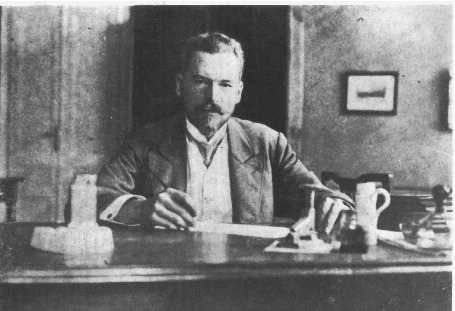Speaker
Description
A feedback loop between the network topology and dynamical processes that occur between nodes is common in real-world networks. The topology impacts the evolution of node states, which in turn influence the way the structure itself is modified. This feedback is a signature of networks that are called adaptive or coevolutionary. Adaptive networks are especially relevant for social systems, where they can model phenomena such as the emergence of consensus and polarization, opinion formation, or group fragmentation. These coevolutionary models rely on two basic mechanisms. One accounts for the changes in the node states, whereas the other for the link rewiring. Both of them may be implemented in various ways. The voter model, as a minimalist model of opinion formation process, provides the basis for the evolution of state variables in many adaptive networks that represent social interactions. Being analytically tractable, it has played a fundamental role in understanding the process of network fragmentation. This work extends the study in this area by the analysis of one of the nonlinear extensions of the coevolving voter model.
In the analyzed model, each node in the network represents a voter and can be in one of two states that correspond to different opinions shared by the voters. A voter disagreeing with its neighbor's opinion may either adopt it or rewire its link to another randomly chosen voter with any opinion. The system is studied by means of the pair approximation in which a distinction between the average degrees of nodes in different states is made. This approach allows us to identify two dynamically active phases: a symmetric and an asymmetric one. The asymmetric active phase, in contrast to the symmetric one, is characterized by different numbers of nodes in the opposite states that coexist in the network. The pair approximation predicts the possibility of spontaneous symmetry breaking, which leads to a continuous phase transition between the symmetric and the asymmetric active phases. In this case, the absorbing transition occurs between the asymmetric active and the absorbing phases after the spontaneous symmetry breaking. Discontinuous phase transitions and hysteresis loops between both active phases are also possible. Interestingly, the asymmetric active phase is not displayed by the model where the rewiring occurs only to voters sharing the same opinion, studied by other authors. Our results are backed up by Monte Carlo simulations.
During the talk, we will compare both the versions of the model, and we will see how a seemingly small difference in the link rewiring dynamics leads to profound differences in the phase diagrams exhibited by the models.

